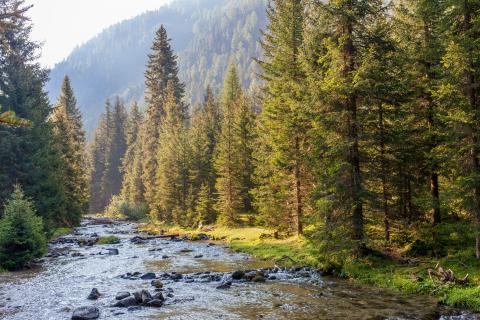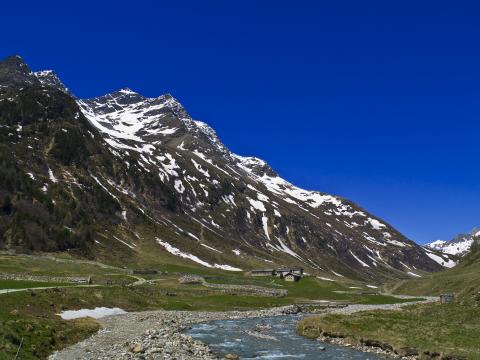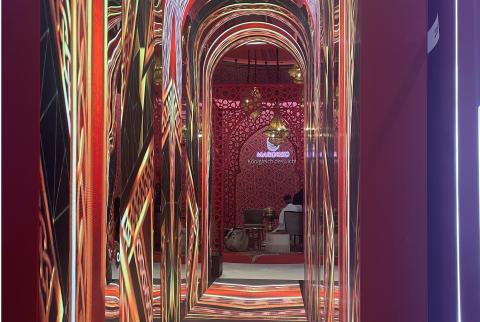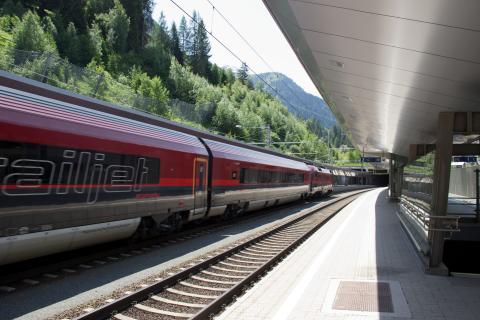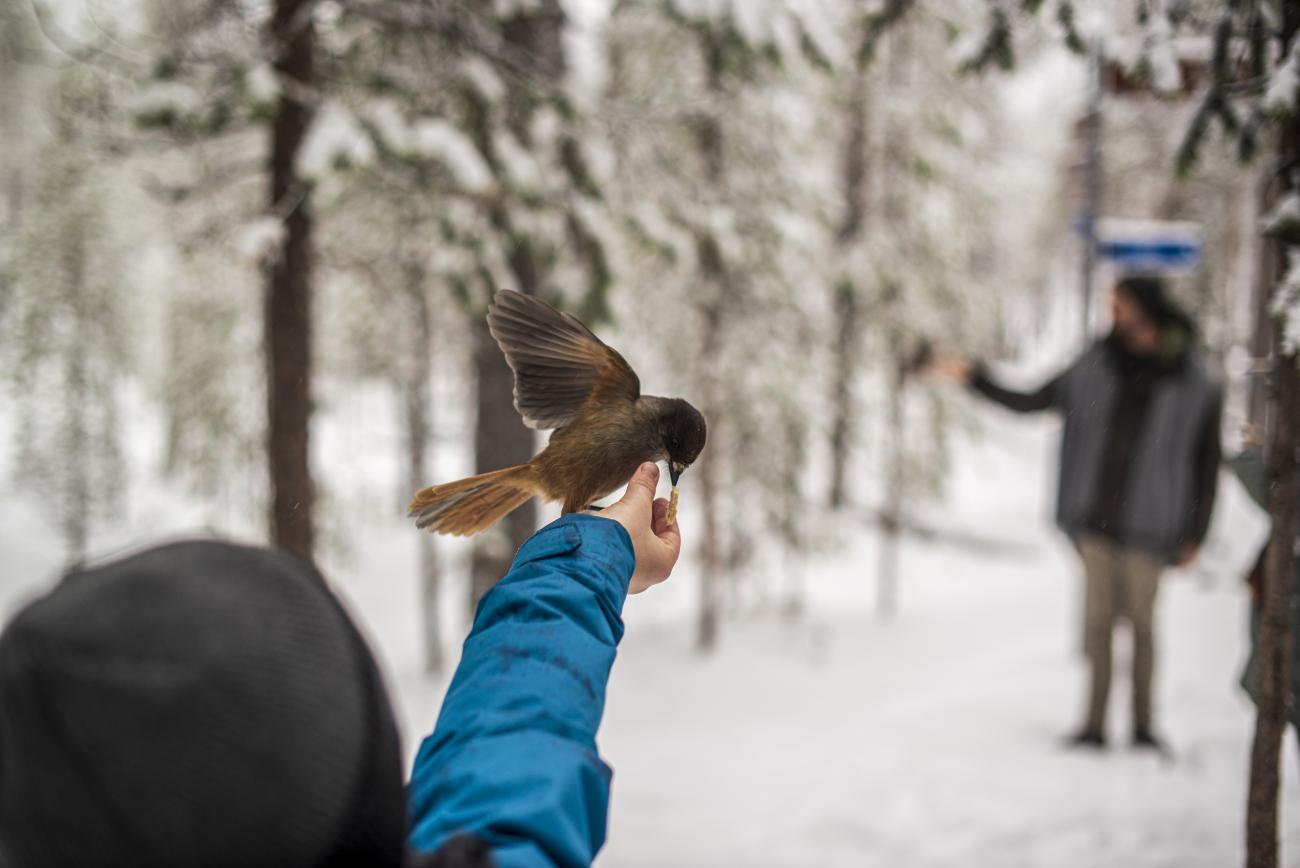
At University of Lapland, the team of Outi Rantala, Anu Valtonen, Emily Höckert, Veera Kinnunen, Joonas Vola and Salla Jutila form the ILA project group. ILA stands for "Intra-living in the Anthropocene" and draws upon feminist theories and more-than-human methodological perspectives in tourism research. With their fieldwork in the vast forests and national parks in Finnish Lapland, the research group explores the concept of proximity tourism as a new way of knowing with, learning from, and caring for human and more-than-human companions in tourism practices. In an interview, the project team discusses their insights and visions for proximity tourism in the future.
TTR: Can you explain what “proximity tourism” is and how it challenges current assumptions about tourism?
Tourism has been traditionally seen as travel to far-away, exotic places. Researchers such as Jelmer Jeuring and Inma Díaz Soria have defined proximity tourism as a form of travel that takes place within one’s home region or usual settings – and as something that challenges us to appreciate the exceptionality of the ordinary. They have also pointed out that proximity tourism can supplement international tourism development and balance seasonal differences. Our research group is concerned about the ways in which long-distance travel contributes to environmental catastrophe and therefore wishes to take the idea of proximity tourism further.
It should be noted that we do not suggest that proximity tourism should be developed as a particular, distinct form of tourism for those concerned with climate change and willing to oppose global mass tourism and capitalistic ideals of growth. Instead, we see that the idea of proximity should become part of existing forms of tourism and tourism discourses. With the idea of proximity, we refer to a sensitive way to orient ourselves within the world – to curious, caring, and sensitive attitudes toward our surroundings, beings, and thoughts. Such an orientation can challenge all of us to rethink nearness and farness, “usual” and “home”. In addition, we hope to develop the idea of proximity in a way that challenges seeing humans as the only hosts and guests. We have tested these ideas, for example, by visiting our own backyards and also our colleague’s home places situated physically far from us with a sensitive approach (see Höckert et al. 2022 in Tourism Culture & Communication).
TTR: Why do you think it is essential to rethink tourism locality and proximity?
First of all, we should acknowledge that we are currently facing an Earthly crisis; climate change, mass extinction of species, and the pollution of the oceans and the air all have profound consequences for the well-being of all inhabitants of the Earth. While tourism development is often seen as a sustainable alternative to the extractive industries, it should be noted that tourism contributes approximately 4% to observed human-induced global warming to date.
Second, there is a need to re-examine the dichotomy between tourists and locals by acknowledging the diversity of touristic encounters, practices, and activities and their localisations. There is an increased interest in local places and their value as “new” tourism sites, as well as a desire to augment the encounters between tourists and locals in more traditional tourist spaces.
Third, we should acknowledge that tourists perceive distance in terms of travel costs, time, and the (cultural) novelty or familiarity of a destination instead of physical kilometers. Distance also includes elements of rhythms (such as speed and slowness), and it can also refer to a travel inwards, pointing to the nature of distance as an experience.
In our recent literature review (Salmela et al., 2021 in Finnish Journal of Tourism Research) we go through existing research on proximity tourism, and all these reasons are very much highlighted in the review.

TTR: How did the focus on the local, proximate and situated dimensions of tourism affect your empirical research and travel behavior?
Our empirical work focused originally on visiting forests in Finnish Lapland, especially in the area of Pyhä-Luosto national park. Due to the Covid-19 pandemic, we realized that we, too, have been practicing re-thinking of distance and scale and have engaged in new ways with beings very close to us. We have been re-visiting surroundings such as mires and dirt roads,–enjoyed the hospitality of plants like dandelions, bilberries, and nettle, and dwelled with our thoughts about meaningful ways of exploring nature with children. It has become obvious that we do not need to travel far away to experience or find something exceptional. At the same time, we have realized that we can also be proximate when being far – this is something that the pandemic also has made more concrete. Being proximate should not mean that we turn inwards and do not pay attention to the global scale challenges, but that we try to travel – or stay – in ways that are caring on a global scale. We now pay more attention to how our choices here and now affect both other humans but also the more-than-human communities.
TTR: You highlight the curiosity, surprises, and possibilities of noticing “more-than-humans” in tourism. In that sense, what was the most surprising encounter in your field in the Pyhä-Luosto National Park?
We hope that the most surprising encounter is still to come! We will spend time in the National Park in the autumn of 2022 with our master-level students, engaging in storytelling with different species from the Park. Already last year, when visiting an Aapa mire at the National Park for field work with students, we were surprised by the birds at the mire – and by our common histories. We became to see the birds as co-constituters of our lived worlds, who bring messages from the past and future. We learned that the open Aapa mire offers a safe environment for birds since it is difficult for the predators to move around in the wet bog. We become to understand that, for example, the Siberian Jay that often comes close to people visiting the Park should not symbolize the possibilities related to spotting diverse bird species or that type of bird tourism, but an opening for an in-between place in relation to the world and otherworldly with all the folklore and myths related to the mires in Finland.
TTR: In your ILA project group, you want to offer practical examples of proximity tourism. Can you give us examples of such tourism innovations, activities, or businesses that engage with proximity tourism?
In our research, we have explored the examples of foraging berries, mushrooms, nettles, and other wild herbs, and there are more and more services that enable doing this in groups. Another example is different kinds of art projects and services that enable participants to create from and with materials like clay, wood, flowers, and so on.
The master thesis works conducted in our project (which are available on our webpage) show that environmental anxiety, especially among young people, is leading to new kinds of trends of traveling and therefore need for new kinds of tourism products and services. It also seems like slow travel and traveling by land are becoming more popular, and the need of those to travel by bike are recognized more than before. New nature-based experiences are being searched from new proximate places, as the thesis study of freeriders in Finnish Lapland shows.
There are also interesting examples of different kinds of campaigns that encourage and challenge people to experience their proximate surroundings in new ways. For instance, the Sleeping outdoors campaign, organized by Suomen Latu – The Outdoor Association of Finland welcomes to spend a night in nature. As one of our students discusses in her thesis research, this campaign shows the way in which the NGOs contribute to the alternative tourism economy by low-threshold practices that foster reciprocal connections between humans and nature. Also, staycation holidays can be seen as a form of proximity tourism that disrupts the traditional idea of traveling long distances for relaxation. One of our students points out that different kinds of services, such as hotels and spas in one’s home area, enable this type of traveling.
Thank you so much for the exciting insights into your research and for the interview!

More Information:
The ILA research group is part of an ongoing research project Envisioning Proximity tourism with New Materialism, is funded by Academy of Finland between a time period of 1.9.2019-31.8.2023
Further Details can be found here: Intra-Living in the Anthropocene - University of Lapland
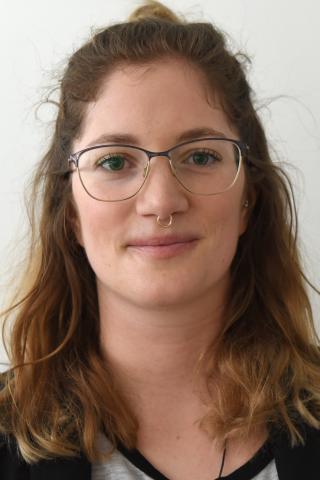
Monica Nadegger MA
Nach dem Bachelorstudium „Journalismus und PR“ an der FH Joanneum in Graz und dem Master in „Sport-, Kultur- und Veranstaltungsmanagement“ an der FH Kufstein startete Monica Nadegger Ende 2018 am MCI Tourismus und zeitgleich das PhD Studium Management an der Universität Innsbruck. Nach knapp 4 Jahren im Online-Marketing beim TVB Innsbruck als Leiterin des Blog-Redaktionsteams und Social Media Manager und als Mitglied des Doktoratskollegs „Organizing the Digital“ vereint sie am TTR ihr Interesse für Wissenschaft, Tourismus und digitale Kommunikation.
„Als Wissenschaftsplattform für den Tiroler Tourismus schafft ttr.tirol nicht nur eine Schnittstelle für Wissenschaft und Praxis, sondern versucht, Daten und Inhalte aufzubereiten und verständlich und ansprechend darzustellen."
Im TTR Team seit: Anfang 2018
Zuständig für: Content Strategie und Produktion, Website, Social Media
Photo Credit: Piotr Damski
Date: 26.09.2022

